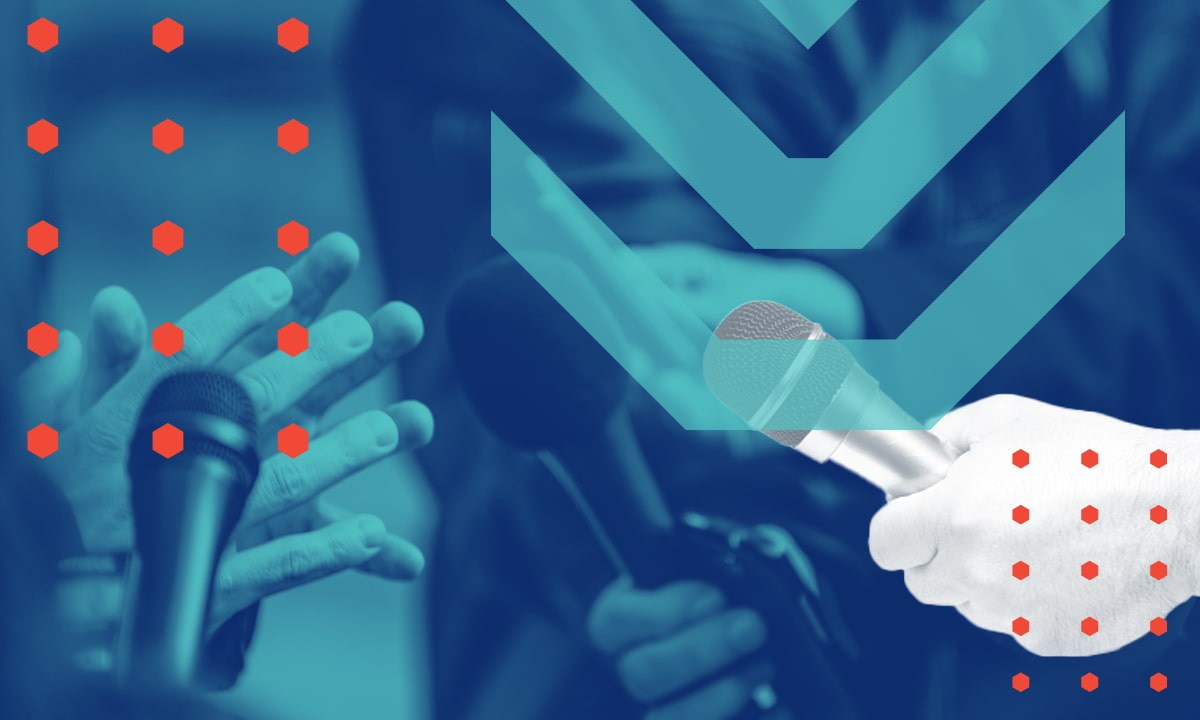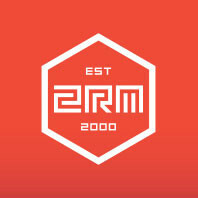
Interacting with the media can be a stressful experience. Most media interviews are simple and straightforward, but that doesn’t mean they don’t have the potential to make a big impact on your or your company’s reputation. Big or small, every media outlet, journalist, or influencer has the opportunity to help, enhance, or hurt your brand.
That’s why it’s vital to take every media interaction seriously by preparing and practicing ahead of time. The best way to do this is to engage with an agency partner or PR professional to conduct a formal media training session. Here’s what you can expect if media training shows up on your calendar.
What is media training?
Media training is a specialized form of communication training for interacting with media. The goal of media training is to assist and prepare you for your role in representing your company or organization. You’ll learn how to predict questions, avoid common traps, and focus on delivering your key messages.
Customize media training for your needs
Before a media training session, it’s important to establish clear goals and objectives with your agency partner. They need to know why, when, where, and how the media interaction will take place.
Will this be a one-time situation?
As the spokesperson, will you regularly interact with the media?
Are you presenting information?
Are you reacting to a situation or event?
For example, if the training is in preparation for a live TV appearance on Good Morning America, it will be handled much differently than training for a phone interview with a local reporter. Because these two interactions are so different, customization is key. A live TV appearance will require a more intense level of training due to added pressure and immediate message delivery. A phone interview with a print reporter provides more time to form meaningful, intentional answers.
Share your media experience level
After establishing needs and expectations, your overall experience level as a spokesperson will be gauged. Share what kinds of interviews you’ve participated in.
How many interviews have you done?
What media channels were those interviews with?
This will inform the best starting point for the training. Depending on your experience, some of the media training will be more of a review and refresher for you, while some information will be new. Some spokespeople need or prefer to start with the basic fundamentals. More experienced spokespeople may be able to skip ahead to focus on preparing for a specific media interaction.
Determine your media comfort level
Many people have a low level of comfort when dealing with the media. Low comfort level means more practice will be necessary. During this stage, there should be clear, established key messages for you to practice.
Here, public relations professionals serve an integral role, and these messages need to be at the forefront of your training. Your media training coach will provide counsel in making the message as clear and concise as possible. Then the work begins on weaving the key message(s) into all of your interview answers. When you feel more prepared, you will also begin to feel more comfortable.
Practice, practice, practice
After establishing needs, experience, and comfort level, the practice can begin. Preparation for a media interview may include thorough background research, a breakdown of the media outlet’s audience, and rigorous practice with your coach in answering questions. In less formal media interactions, practicing and anticipating tough questions over the phone may be all that’s needed. In either process, video can be a vital tool, especially if you are a visual learner. Watching yourself answer questions on camera shows nonverbal cues and tendencies you may wish to avoid during the real interview.
Pro tip: No matter your experience level, you should practice answering any and all potential interview questions before the interview. Work on weaving key messages into every answer. This ensures you’re communicating exactly what you want to say. Think of this as a transaction rather than a conversation. The journalist or interviewer is looking for information. You need to deliver that information. But the window of time to deliver the information can be very small, underscoring the importance of clear messaging.
Remote interviews, remote training
Preparing for a remote video interview requires specialized training. Believe it or not, the act of putting in an earpiece and answering questions into a camera lens (while hoping there were no connectivity issues) used to be a rare occurrence. It also used to require traveling to a specialized studio and using expensive equipment. Now we do this every day from the comfort of our own home. But don’t get too comfortable: standards are still important.
Any media training you participate in needs to account for these modern challenges. For the near future, it’s likely that media interviews will be conducted from your own home, which means you need to consider more than just your key messages and talking points. Work with your media trainer on determining the ideal backdrop, camera angles, sound, and lighting. You’ll also want to be sure you’ve limited potential distractions and that everyone else in the house with you knows that you shouldn’t be interrupted.
Media training is useful for all organizations and it’s in their best interest to create a positive relationship with the media. Your agency partner wants to set you up for success by giving you more confidence in future media endeavors.
Some final tips to consider:
Aim for authenticity, not perfection.
You are always in control of what you say and how you say it.
Media training is not a one-day seminar — it’s an ongoing process.


 By Two Rivers Marketing
By Two Rivers Marketing By Patrick McGill
By Patrick McGill